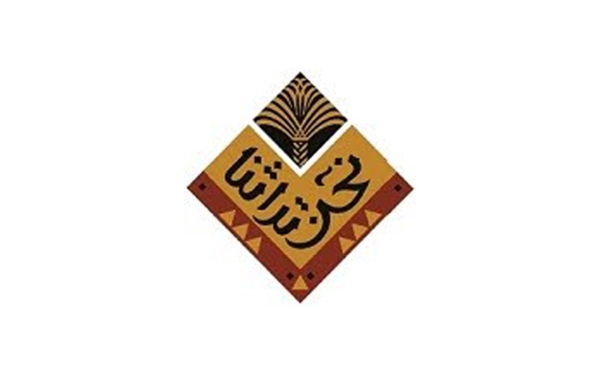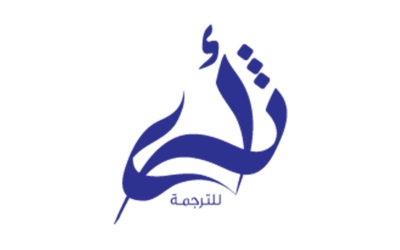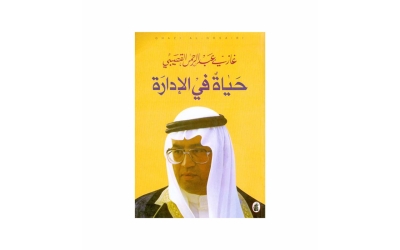

The National Intangible Cultural Heritage Inventory Project 'Our Heritage' is a project aimed at inventorying the elements of intangible cultural heritage in all provinces of the Kingdom of Saudi Arabia. It is one of the outcomes of the Convention for the Safeguarding of the Intangible Cultural Heritage, adopted by the United Nations Educational, Scientific, and Cultural Organization 'UNESCO,' which the Kingdom signed in 2003. The Saudi Heritage Preservation Society is the executing arm of the project.
Nature of the work of the National Intangible Cultural Heritage Inventory Project 'Our Heritage'
The National Intangible Cultural Heritage Inventory Project 'Our Heritage' is based on documenting and collecting all elements of intangible cultural heritage in the Kingdom, which include practices that are part of the cultural heritage passed down through generations. This encompasses performing arts, skills, and knowledge related to nature and the universe, skills associated with traditional crafts, social practices, and celebrations, as well as traditions and forms of oral expression, including language, as it is a tool for expressing intangible cultural heritage.
Target groups of the National Intangible Cultural Heritage Inventory Project 'Our Heritage'
The National Intangible Cultural Heritage Inventory Project targets the local community and entities concerned with heritage, such as ministries, entities, departments, and government institutions related to heritage; groups and relevant local communities; associations, authorities, and non-governmental organizations; in addition to universities, research centers, specialized expertise centers, and specialists.
The Saudi Heritage Preservation Society, the entity concerned with the National Intangible Cultural Heritage Inventory Project, works with several entities, including the Ministry of Culture, the Royal Commission for al-Ula Governorate, the Ministry of Education, the Permanent Delegation and the National Committee of the United Nations Educational, Scientific and Cultural Organization 'UNESCO,' emirates of provinces, the Ministry of National Guard, 'Janadriyah' National Heritage and Cultural Festival, relevant groups and local communities, associations, entities, non-governmental organizations, universities, and research centers, specialized expertise centers, existing heritage inventory lists from current archives in radio and television and artistic recording companies, in addition to interested practitioners in the community and researchers.
Outputs of the National Intangible Cultural Heritage Inventory Project 'Our Heritage'
The National Intangible Cultural Heritage Inventory Project aims to achieve several outputs, including:
- Training specialists and those interested in the process of inventorying and documenting heritage, according to UNESCO's international requirements.
- Establishing national inventory lists in which the practicing local community participates in documentation alongside the specialized working team.
- Preparing materials that help relevant entities in the public sector register a number of elements related to UNESCO's Intangible Cultural Heritage List.
Among the project's outputs are producing documentary films for each of the performing arts in the Kingdom, preparing awareness and introduction programs for performing arts, creating a special archive for the Saudi Heritage Preservation Society that includes everything related to performing arts to become a source for researchers in this field, establishing an electronic encyclopedia for performing arts, launching various electronic applications for inventory, documentation, or display, establishing a training center for youth interested in the arts and providing support to them, organizing the work of practitioners in the field of Saudi heritage, providing support to them, preparing proposals to ensure the rights of practitioners, and submitting them to the competent entities for approval.
Performing arts in the National Intangible Cultural Heritage Inventory Project 'Our Heritage'
The National Intangible Cultural Heritage Inventory Project, in its first phase, focused on inventorying the performing arts in the Kingdom and documenting them by province. In Riyadh Province, the following arts were cataloged: Al-Huti, al-Dosari, al-Rababah, al-Samri, al-Ardhi, al-Hurba, al-Ardah, al-Murad, al-Hijini, and al-Mashoub.
In Eastern Province, the following arts were cataloged: Al-Jalwa, al-Dawari, al-Samri, al-Tanboura, al-Ashouri, al-Ardah, al-Liwa, the art of al-Sawt, al-Nahham, al-Majlis, al-Mawal, Bareekha, Ya Leil Dana, al-Dazza, al-Fajri, al-Adasani, al-Haddadi, al-Makhoulaf, al-Haban, al-Shayaliyeen (religious poetry), and al-Dokhala. In Al-Ahsa Governorate, the documented arts included: Al-Ardah al-Hassawiya, al-Qadri, al-Ashouri, al-Samri al-Hassawi, Daq al-Hobb, and al-Hayda.
In Qassim Province, the following arts were recorded: Al-Huti, Samri Unayzah, and al-Naqouz.
In Aseer Province, several arts were documented, such as al-Rawhah, al-Safqah, al-Hazmal, al-Khutwa, al-Zahfah, al-Ardah, al-Razfh, al-Zamil,al-Qazou'i, and both al-Majalsi and al-Mashoub. Additionally, Madqal Bani Shehr—a type of monthly play—Dammah, al-Rabkhah (Tihamah), al-Mahshoush (Zar Tihamah), and al-Taraq (mountain paths) were cataloged. From Bishah Governorate, the documented arts included: Al-Ardah al-Maseerah, al-Ardah al-Khafifah, al-Rayih, al-Razf, and shilat during farming.
In al-Bahah Province, the documentation covered the following arts: Al-Samer, al-Majalsi, al-Mashabani, al-La’b, al-Harmouj, al-Mahshoush, mountain paths, al-Rayih, and al-Qabasain.
In al-Jawf Province, specifically in Sikaka, the arts documented were: Al-Dahha, al-Samri, al-Ardah, al-Hidaa, and al-Hijini.
In Makkah al-Mukarramah Province, the following arts were recorded: Al-Bahri, al-Khubaiti, al-Rodman, al-San’ani, al-Tariqa, al-Mizmar, al-Tatrib, al-Khayali, Dana, al-Sharqain, Yamani al-Kaff, and Sawt Hijazi. In Taif Governorate, the arts documented included: Al-Majroor, al-Qasimi, al-Makhumas, al-Marubaa, al-Majalsi, Hayyoma, al-Hadari, and al-Ta'sheer. In al-Qunfudhah Governorate, the following were cataloged: Al-Ardah al-Janoubiyah, al-Zayfah, al-Rabkhah, al-Thalbah, al-Azzawi, and al-Madamir.
Regarding the arts in Northern Borders Province, the documented arts were: Al-Dahha, al-Rababah, al-Handah, al-Ardah, al-Hijini on camels, al-Hijini al-Mashoub on al-Rababah, al-Shamali art, and Dabkat al-Shamal.
In Jazan Province, the following arts were cataloged: Al-Dana, al-Zamil, al-Zayfah, al-Saif, al-Azzawi, al-Ma'shi, sword dance, al-Hassa’ (Fayfa Mountains), and Lown al-Jamal.
In Najran Province, several arts were documented, including: Al-Razfah, al-Zamil, drums (al-Marafi’), al-Mathlouthah, and al-Sharh.
In al-Madinah al-Munawwarah Province, the arts recorded were: Al-Khubaiti, al-Mizmar, al-Zeer, al-Rujai’i, al-Sahbah, al-Ajal, al-Dalouka, al-Bahri, al-Nubuwwa al-Ardah, and al-Samri (al-Ula and Khaybar). In Yanbu Governorate, the documented arts included: Al-Hadari, al-Jamali, al-Yanbuawi, al-Mawal (Tabheera), al-Ajal game (al-Tashreeqa), al-Simsimiyah, al-Radeeh, and al-Bishanah game (groom's procession).
Regarding Hail Province, the cataloged arts were: Al-Samri (Souqiyah), al-Ardah, al-Rababah, al-Hijini, children's dancing songs, songs in the wedding chamber, singing at the millstone, singing on horseback (al-Hidaa), singing when stripping palm fronds, singing during crop harvesting, singing with waterwheel rhythms, and construction songs.
In Tabuk Province, the documented arts included: Al-Rideihi, al-Dahya, al-Rababah, al-Rifa’i, al-Rayhan, al-Samri, al-Simsimiyah, al-Lal, and al-Hijini.
Related quizzes
Related articles

